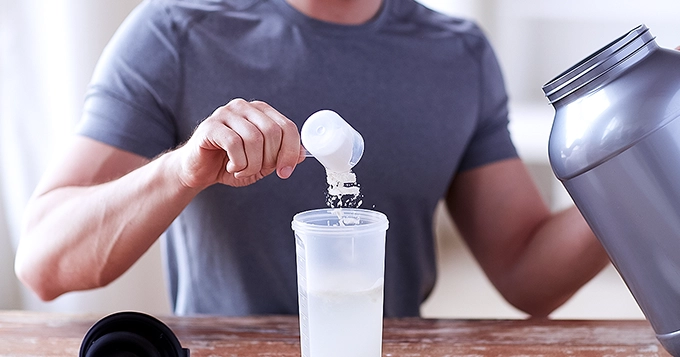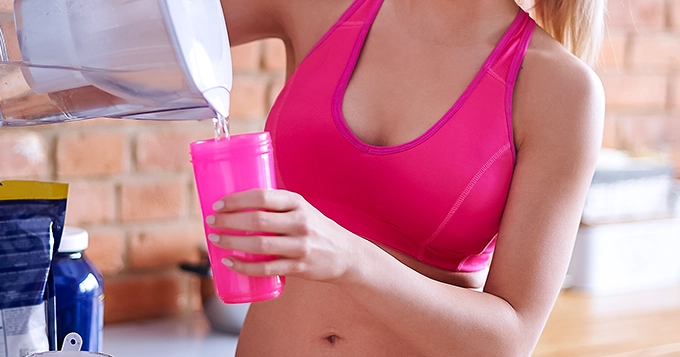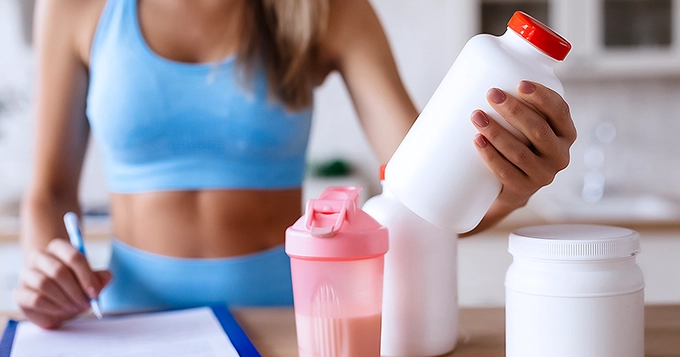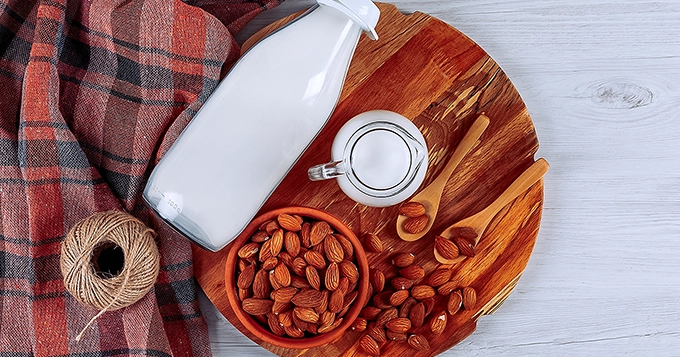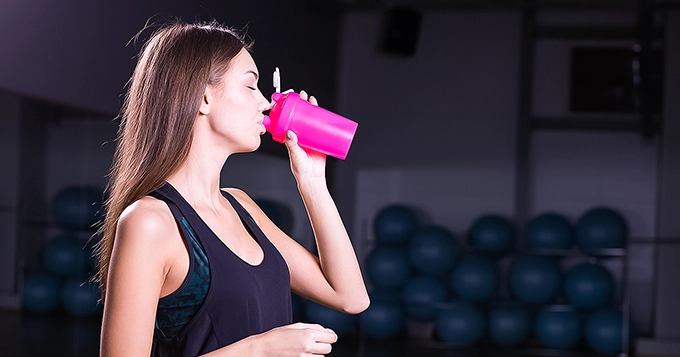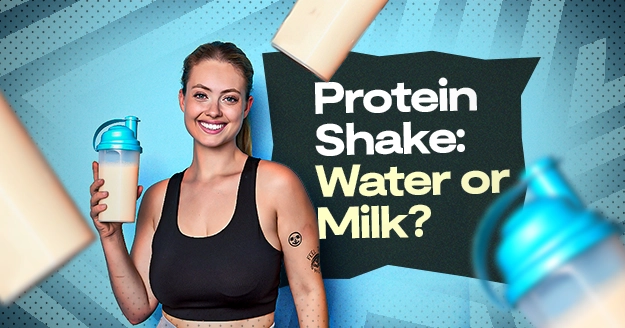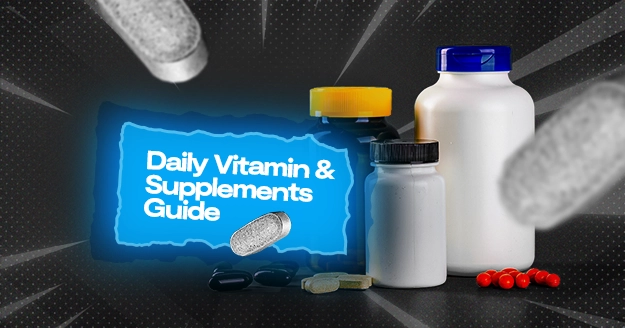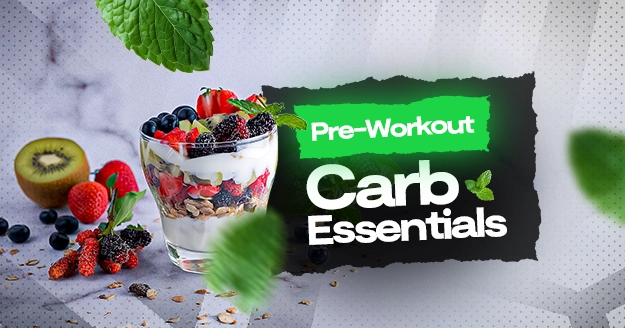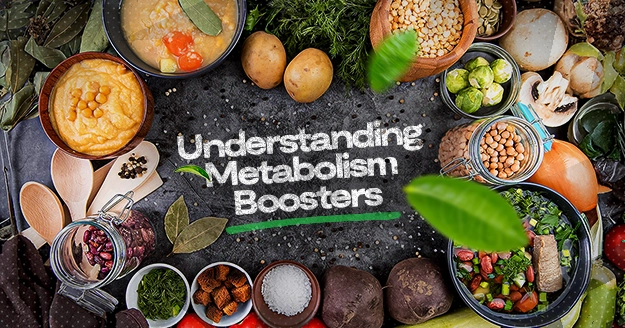Which is better for your shake: protein powder and water or protein powder and milk? Let’s find out in this article. But first, what is a protein shake?
Protein shakes are commonly consumed as a convenient and efficient way to increase protein intake, especially for individuals aiming to support muscle growth, recovery, or overall nutrition.
Protein shakes typically consist of a protein powder mixed with a liquid base such as water or milk.
Whether you’re hitting the gym regularly or simply aiming to meet your daily protein needs, the choice between using water or milk as the base for your protein shake can significantly impact its nutritional profile and overall effectiveness.
Water for your protein shake
Benefits of protein powder and water:
- Low carb and low calorie
Using water instead of milk in your protein shake can be a lower-carb option.
While milk contains natural sugars in the form of lactose, which contributes to its carbohydrate content, water is carbohydrate-free. By using water as the base for your protein shake, you can reduce the overall carb content, making it a suitable choice for people following ketogenic diets or low-carb diets or those looking to limit their carbohydrate intake for other reasons.
Additionally, water provides hydration without adding extra calories, making it a simple and effective option for mixing your protein powder.
- Easily digested
Using water instead of milk in your protein shake makes it easier to digest for some individuals.
Water is free of lactose, a type of sugar that can be hard to digest for some people. For those with lactose intolerance or sensitive digestive systems, using water as the base for the protein shake you’re making can help prevent digestive discomfort such as bloating, gas, or cramps.
Water also allows the protein powder to mix more easily, resulting in a smoother texture without the added thickness of milk.
- Convenient
Water is more readily available than milk. This implies that you can bring a shaker packed with powder to the gym and top it out as needed. This keeps you from storing liquids in your gym bag and prevents accidental spillage.
This is especially helpful if you have to carry your protein shaker around all day and work out at the end of the day.
Milk for your protein shake
Benefits of protein shakes with milk:
- Extra protein
Using milk instead of water in your protein shake can indeed increase its protein content.
Milk naturally contains protein, primarily in the form of casein and whey proteins. By using milk as the base for your protein shake, you’re adding these additional protein sources to your drink, which enhances its overall protein content.
This can be great if you’re looking to increase your protein intake to support muscle growth, recovery, or overall nutrition. You can prepare your protein shake in milk for a post-workout recovery boost.
- More nutrients
Using milk in your protein shake adds essential nutrients like calcium, vitamin D, phosphorus, potassium, and B vitamins. Milk also provides both whey and casein proteins, which support muscle recovery and growth. This makes milk a nutrient-rich choice for your protein shake, offering more than just protein for overall health and well-being.
- More calories
Milk naturally contains carbohydrates, fats, and proteins, providing additional energy compared to water alone. This can be advantageous for people looking to increase their calorie intake or fuel their workouts more effectively.
Carbohydrates in milk can replenish glycogen stores after exercise, while fats contribute to satiety and prolonged energy release.
- Slower digestion
It takes the stomach and small intestine one to two hours to break down whey protein. Whey protein can take longer to digest when combined with milk, though. Whey congeals in the stomach due to the presence of milk proteins, which cause it to coagulate.
If you want the amino acids to be released gradually, this is an excellent method.
- Taste
Aside from its nutritional value, milk is frequently suggested as a mixer just based on taste alone because it has a creamier mouthfeel and a somewhat sweeter flavor that satisfies sweet tooth desires and makes you feel fuller.
- A lot of milk varieties
There are actually a lot of varieties of milk. You have skim milk, which is a lower-fat option, making it an easy way to save a few calories. You also have whole milk, which is a higher-calorie option, a great choice if you are looking to build muscle.
Milk alternatives
Milk alternatives, such as soy milk, oat milk, almond milk, or coconut milk, provide options for those with dietary restrictions or preferences. These plant-based milks mix well with whey protein and offer unique flavors and nutritional profiles,
Almond milk
Almond milk serves as an excellent dairy-free substitute for athletes seeking a milk-like texture. It can be fortified with essential vitamins like A, D, and E and is rich in riboflavin, aiding carbohydrate breakdown for energy. However, it usually contains less protein per serving compared to cow’s or soy milk.
Coconut milk
Coconut milk offers a creamy, dairy-free option for athletes. Although lower in protein compared to cow’s or soy milk, it provides quick energy from medium-chain triglycerides (MCTs). Coconut milk is naturally lactose-free and can be fortified with certain minerals and vitamins, enhancing the milk’s nutritional profile.
Soy milk
Soy protein, often fortified with iron and calcium, is a top choice for lactose-intolerant and vegetarian athletes due to its high protein content, zero cholesterol, and low saturated fat.
It’s essential to check the label and choose unsweetened varieties to avoid both added sugars and unnecessary calories.
Conclusion
Is protein powder better with water or milk?
For your protein shake, it’s important to weigh your personal objectives, tastes, and nutritional needs when choosing between milk and water.
Experiment with both options to find the one that best fits your lifestyle while also supporting your health and fitness goals.
Whether you prefer the simplicity of water or the extra nutrients you get from milk, incorporating a protein shake into your diet and fitness routine can be an effective and convenient way to boost your protein intake and optimize your nutrition.
